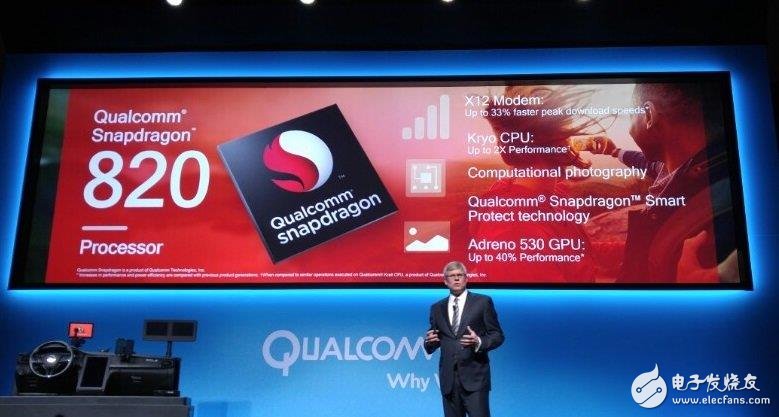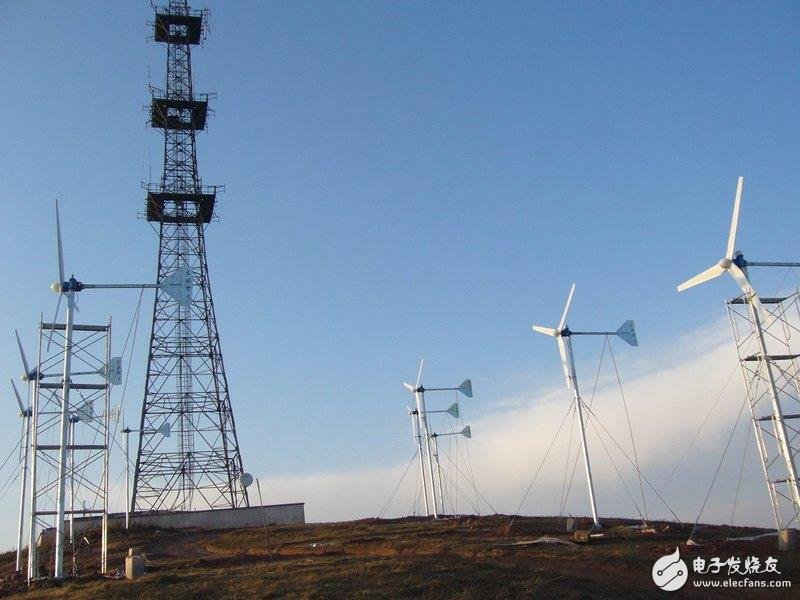In a blink of an eye, more than half of 2016, the flagship mobile phones and flagship chips released by the company have also been released. Speaking of this year's Android camp's flagship CPU, Xiaolong 820 and Samsung's Exynos 8890, these old friends are inseparable.
Qualcomm shipped a large number of Snapdragon 820 in 2016; MediaTek also presented the Helio X20 flagship chip; Samsung took out its own Exynos 8890 with the Galaxy S7 series; with the launch of Huawei P9, Huawei also released a new generation of the Kirin 950 family. Flagship CPU: Kirin 955.

Regarding the performance of these three flagship CPUs, they are so weak and weak. Everyone can say that there are different opinions. For a time, it is difficult to make a conclusion.
What I want to discuss today is not the performance of these CPUs, but the performance of their built-in baseband chips. It is more straightforward to say who is better.

So how do you measure the quality of the signal? The author will pass a large number of theoretical tests, combined with the actual experience, and strive to bring you an objective and true contrast.
Before the evaluation began, I felt that it is necessary to give you the most basic concepts of science. First, the unit of signal strength: Android system defines two kinds of signal units: dBm (1 mW decibel) and asu (alone signal) The abbreviation for unit is "independent signal unit").
Followed by the relationship between them: dBm = -113 + 2 & TImes; asu, this is the unique signal unit Google defines for Android phones.
We assume that the current accepted signal quality is -25dBm. Then, our asu value should be 44. If our current signal is very poor, it reaches -100dBm. Then, the asu value of the mobile phone should be 6.5. If rounded off, the value should be 7.
Therefore, in general, everyone can see the value of 10-30, it is normal. The larger the asu value, the better the theoretical signal strength. If you find that your asu value is greater than 35, you should see if there are base stations around.
Then dBm =-113+2&TImes; how to use the formula asu? For example, if I have seen a signal with the best signal condition, the signal value of the Android phone is -51dBm, 31asu, then the relationship between the two is: -51=-113+2&TImes;31.

Carrier communication base station built outdoors, the greater the asu value, the closer to the base station
After understanding these basic theoretical concepts, the author will introduce the baseband chips integrated by each of these three flagship chips.
Qualcomm Snapdragon 820 is a high-performance fever flagship CPU of Qualcomm this year. It has a newly developed X12 LTE baseband and supports up to LTE Cat.12/13 standard. The maximum downlink speed is 600Mbps and the maximum uplink speed is 150Mbps. .
Samsung's Exynos 8890 is built with Samsung's self-developed Shannon 335 baseband. Similar to the Snapdragon 820, it also supports the LTE Cat.12/13 standard, but it lacks support for CDMA networks compared to Qualcomm's X12 LTE baseband. Therefore, it is not the full Netcom baseband. Full Netcom band support has always been a big weakness for Orion CPU
Finally, Huawei's Kirin 955, built in the Balong 720 baseband launched on the Kirin 920 last year, so Huawei is more conservative, and did not put their strongest communication skills on the Kirin 950 family. Kirin 955 is a full Netcom baseband, but unfortunately only supports the LTE Cat.6 standard, the highest downlink speed is only 300Mbps.

Through the comparison of the preliminary baseband hardware parameter specifications of the above three, it can be seen that Qualcomm's X12 LTE baseband has an absolute leading edge, so what is the performance in practical applications? Below the author will pass the actual measurement to reach the final conclusion.

Qualcomm X12 LTE baseband detailed specifications
On the test model, the author selected Xiaomi 5, Samsung Galaxy S7 Hong Kong version and Huawei P9, representing Qualcomm Xiaolong 820, Samsung Exynos 8890 and Huawei Kirin 955.
Since Exynos 8890 does not support full Netcom, for the sake of fairness, this signal test does not participate in the test of the telecom CDMA network, and only tests the mobile and Unicom networks.
From this point of view, Samsung's Orion CPU is inferior to Qualcomm's Opteron CPU in baseband, so Samsung's Galaxy S7 series is equipped with Snapdragon 820 in mainland China.
Basic Physics Experiment Instrument Series
Basic physics experiment instrument series, used in physics laboratories of colleges and universities.
Basic Physics Experiment Instrument,Light And Optical Instruments,Optical Viewing Instrument,Microscope Light Source Instrument
Yuheng Optics Co., Ltd.(Changchun) , https://www.yhencoder.com
